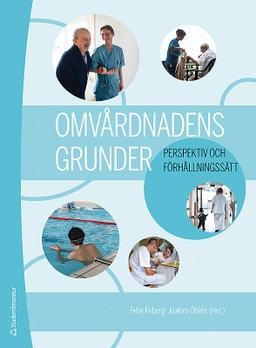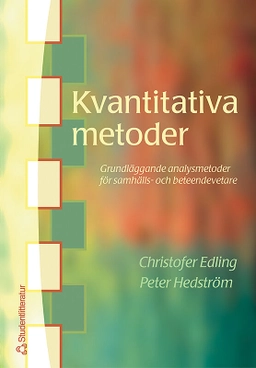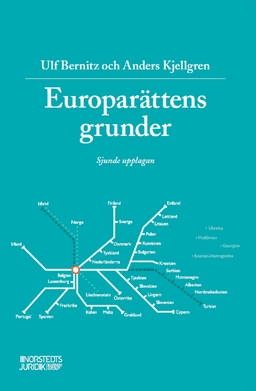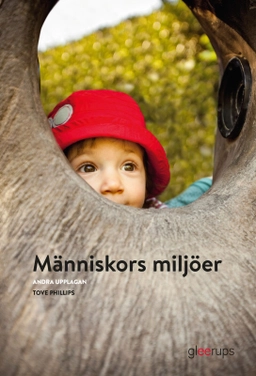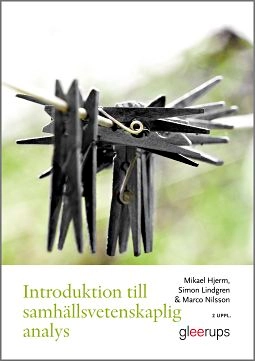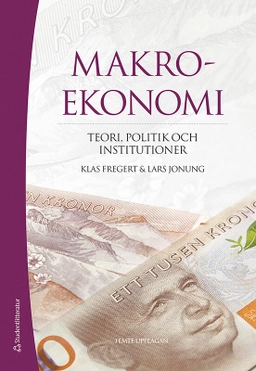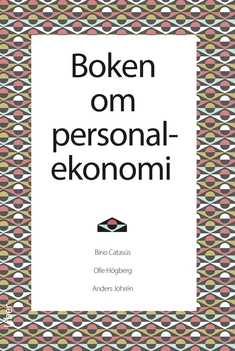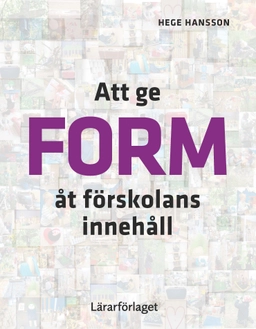

News of the other. Tracing identity in Scandinavian constructions of the eastern Baltic sea region
- Utgiven: 2004
- ISBN: 9789189471269
- Sidor: 241 st
- Förlag: Nordicom
- Format: Inbunden
- Språk: Engelska
Om boken
Have the changes taking place in the Baltic Sea Region since 1989 altered Cold War frameworks, Orientalist stereotypes, and sporadic news of threats and crises from the East? The studies in this volume demonstrate a startling continuity in the depiction of our eastern Baltic neighbors as fundamentally different from us, as "backward" or as harbingers of potential threats. The authors demonstrate that journalism is still closely tied to national perspectives of the world, which in turn is related to a broader Western discourse about the Other. Some authors locate identity through journalism's ritualistic dimensions providing a sense of safety and security as well as warnings of risk and threats - whereas others find it in taken-for-granted strategies of Othering. This is not the whole story, however, for the authors demonstrate that globalization is changing the national context on which journalism is based, thus local news of the Baltic Sea region differs significantly from national news, and EU journalism blurs the boundaries between the national "we" and its Others. This volume describes, analyzes and compares the manner in which identity is constructed in Swedish, Danish, Finnish and German news about events, people and issues in the eastern Baltic Sea Region at the beginning and the end of the 20th century.
Åtkomstkoder och digitalt tilläggsmaterial garanteras inte med begagnade böcker
Mer om News of the other. Tracing identity in Scandinavian constructions of the eastern Baltic sea region (2004)
I december 2004 släpptes boken News of the other. Tracing identity in Scandinavian constructions of the eastern Baltic sea region skriven av Kristina Riegert. Den är skriven på engelska och består av 241 sidor djupgående information om media och kommunikation. Förlaget bakom boken är Nordicom.
Köp boken News of the other. Tracing identity in Scandinavian constructions of the eastern Baltic sea region på Studentapan och spara pengar.
Tillhör kategorierna
Referera till News of the other. Tracing identity in Scandinavian constructions of the eastern Baltic sea region
Harvard
Riegert, K. (2004). News of the other. Tracing identity in Scandinavian constructions of the eastern Baltic sea region. Nordicom.
Oxford
Riegert, Kristina, News of the other. Tracing identity in Scandinavian constructions of the eastern Baltic sea region (Nordicom, 2004).
APA
Riegert, K. (2004). News of the other. Tracing identity in Scandinavian constructions of the eastern Baltic sea region. Nordicom.
Vancouver
Riegert K. News of the other. Tracing identity in Scandinavian constructions of the eastern Baltic sea region. Nordicom; 2004.
Bokens omdöme
Ingen har recenserat den här boken ännu.



